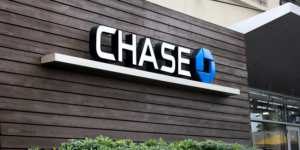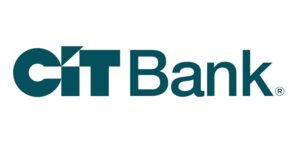
If you have made an error in estimating your funds and caused a bank overdraft, then you might need overdraft protection. With overdraft protection, your bank help cover your spending and will automatically transfer money from your account or credit card to pay for the transaction.
This service is designed to cover any transactions that exceed your current checking account balance which can save you the time and embarrassment. If you want to learn more about Bank Overdraft Protection, continue to read on below for more information.
Why You Should Opt In to Bank Overdraft Protection
If you make a transaction with a deadline such as bills and mortgage payments, then overdraft protection could save you from the penalties if you don’t have enough funds.
If you do choose to go with an overdraft protection program, you will pay about half what your bank would charge you for non-sufficient funds without the protection. This is only if you have linked a savings account to your checking account.
We understand mistakes happen, but it’s best to avoid overdraft at all costs. However, if you tend to be low on funds often, you could greatly reduce fees with bank overdraft protection.
How Bank Overdraft Protection Might Backfire
Bank overdraft protection can be pricey. If you rack up multiple overdraft fees and have with a negative balance, you will most likely lose your account. Once the bank closes your account and reports it, you will have a tough time opening another account at a different bank.
Bank Overdraft Fees
Bank overdraft fees differ with the bank you are with. For example, Chase Bank charges a fee of $0 per transaction, Citibank charges a fee of $10, U.S. Bank $12.50, TD Bank charges $35, and Wells Fargo $35. Research will do you good in the long run to find the best bank for you.
How to Set up Overdraft Protection
First step is deciding which account you plan to link to your checking. Most financial institutions allow you set up your overdraft protection online by logging in and simply clicking on an “overdraft protection” link. If that’s not offered at your bank, simply talk to a customer service representative or visit your financial institution to set up overdraft protection.
 |
 |
Bottom Line
Overdraft protection is a sweet service that helps consumers pay for things when they find that they are short on money. However, this “protection” has some downsides that might be a deal breaker for you.
Not only are there actual fees, but you may pick up bad habits if you tend to overspend. If you like posts like this, check out our list of bank guides!




Leave a Reply